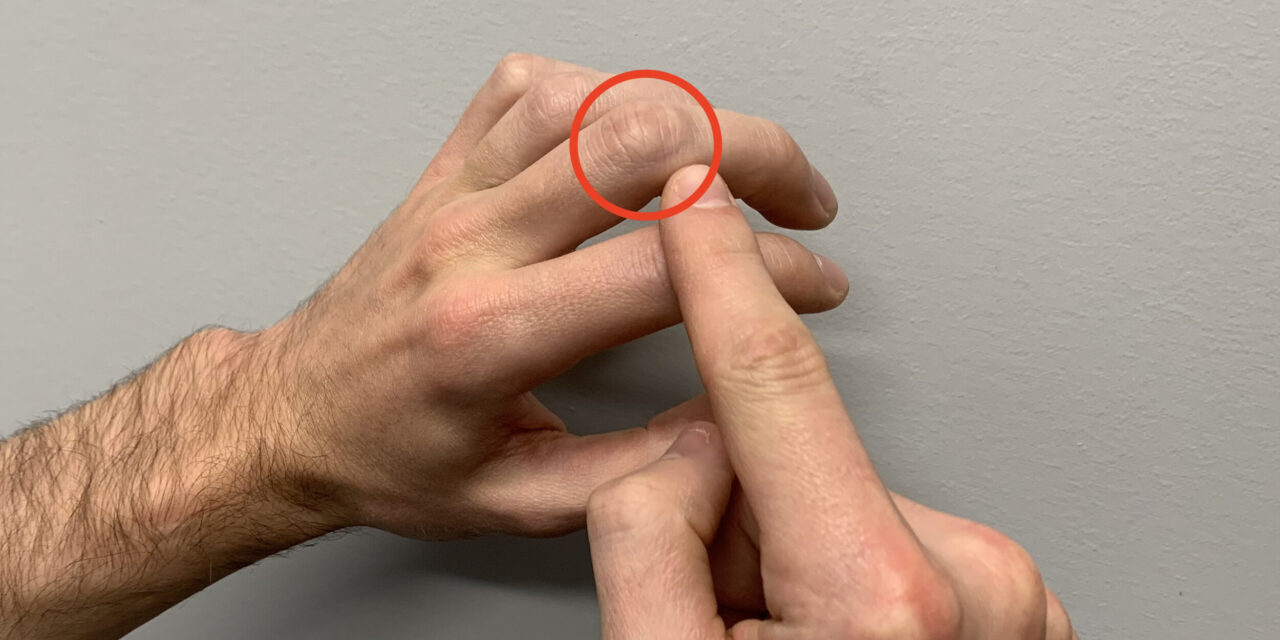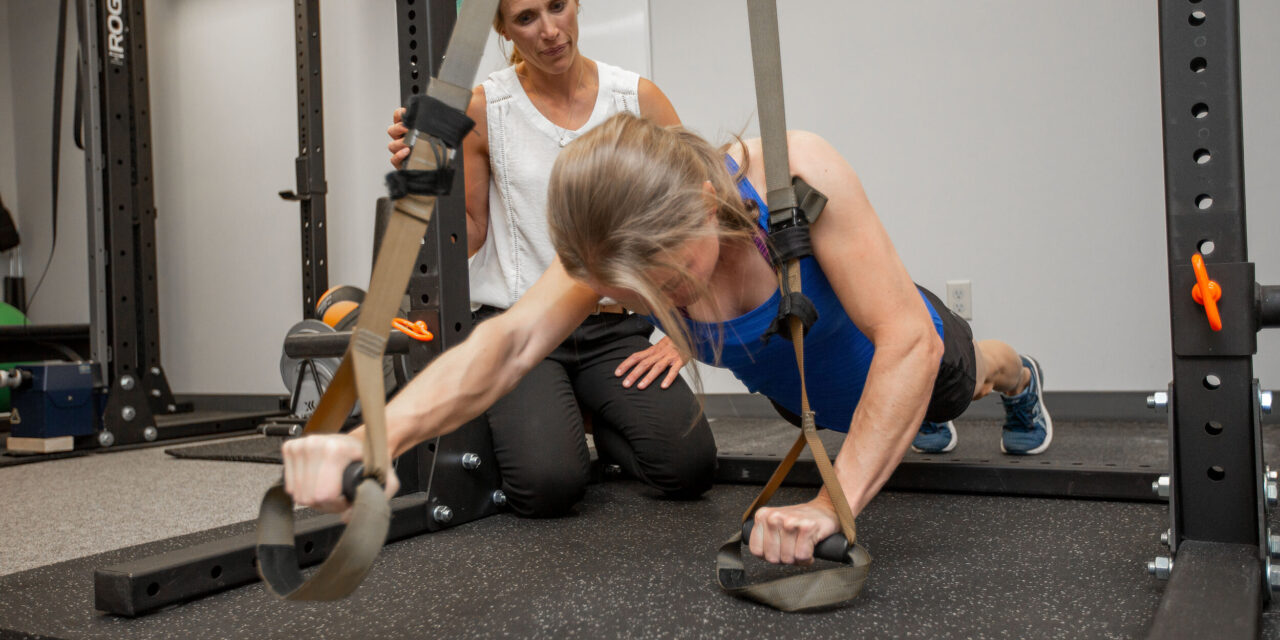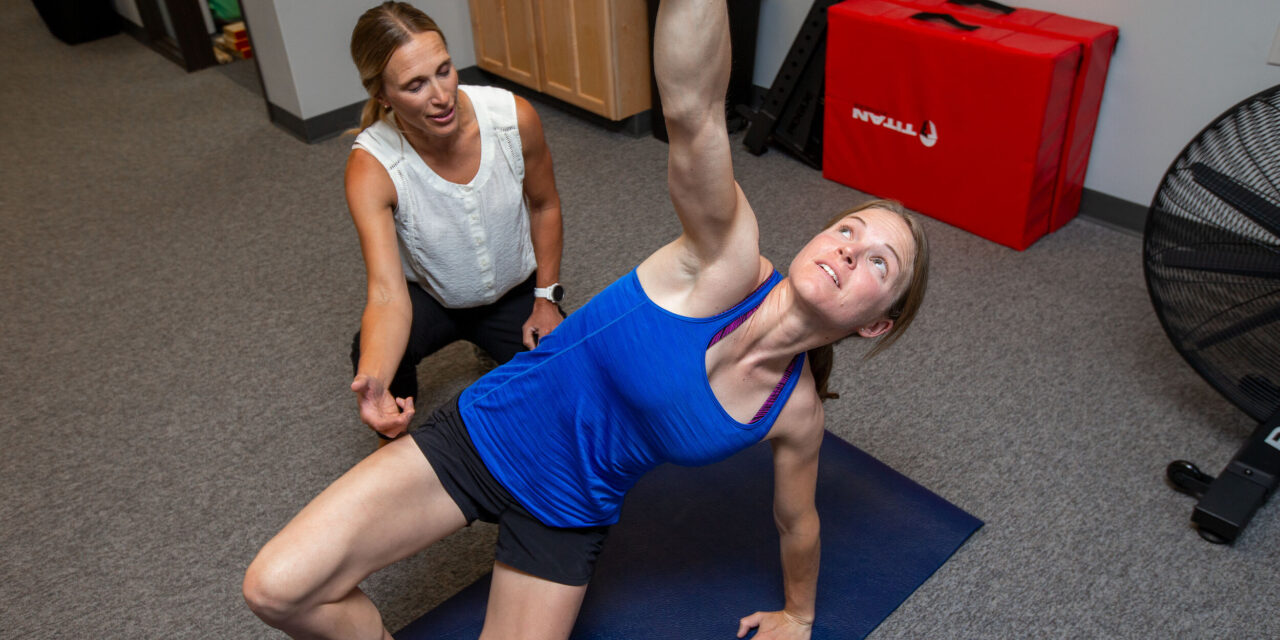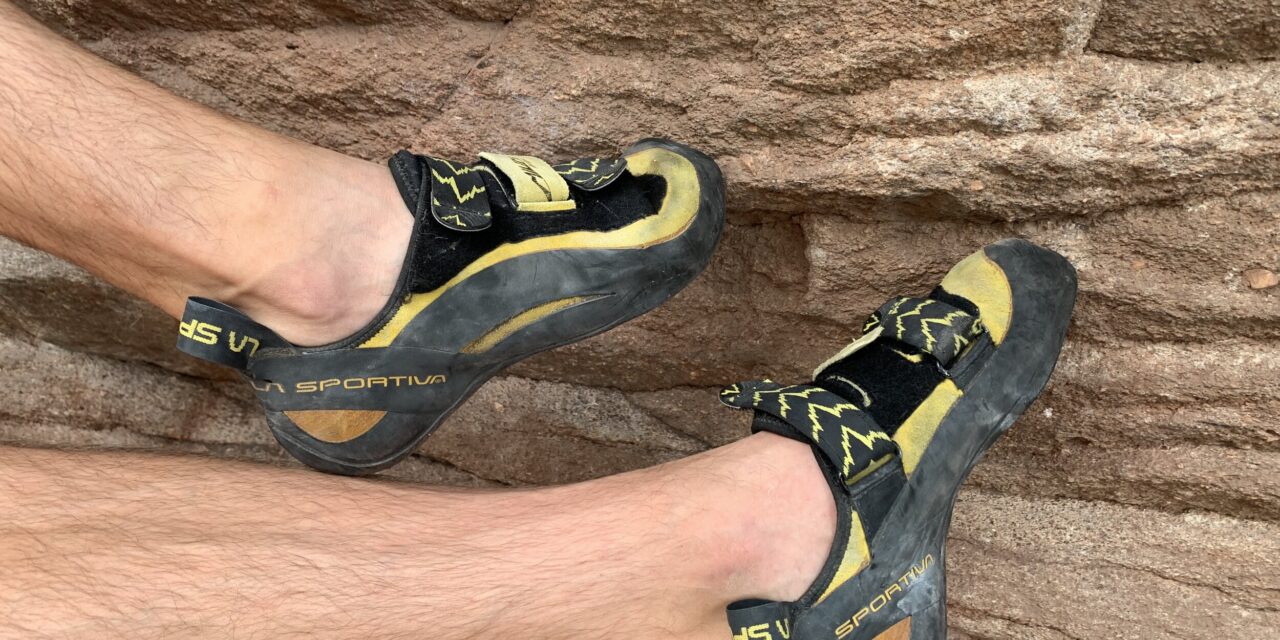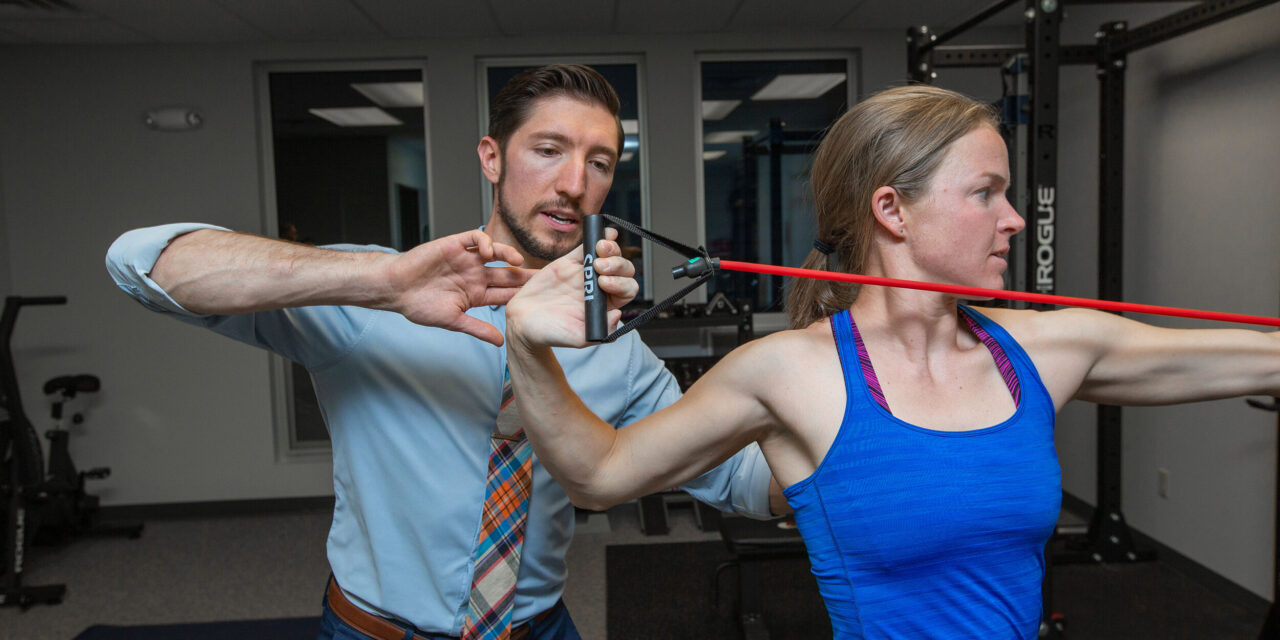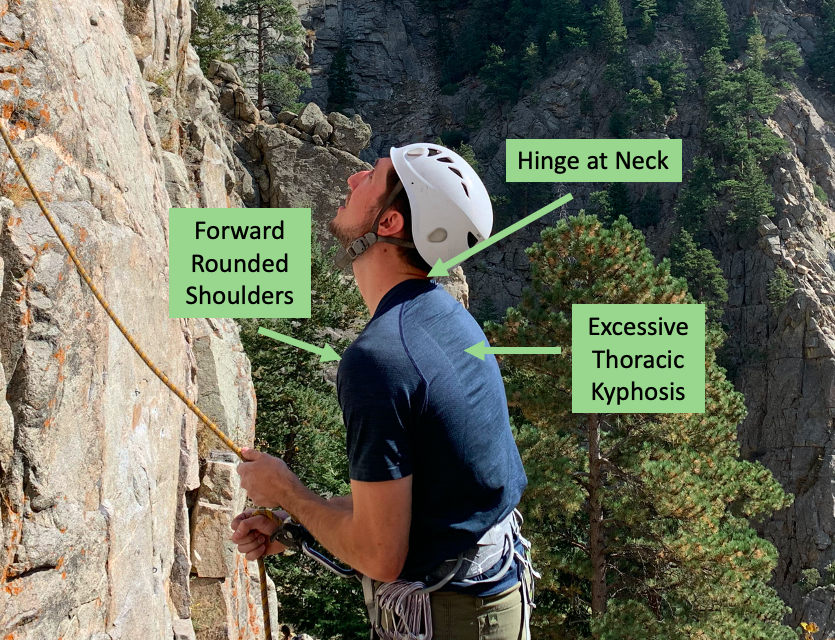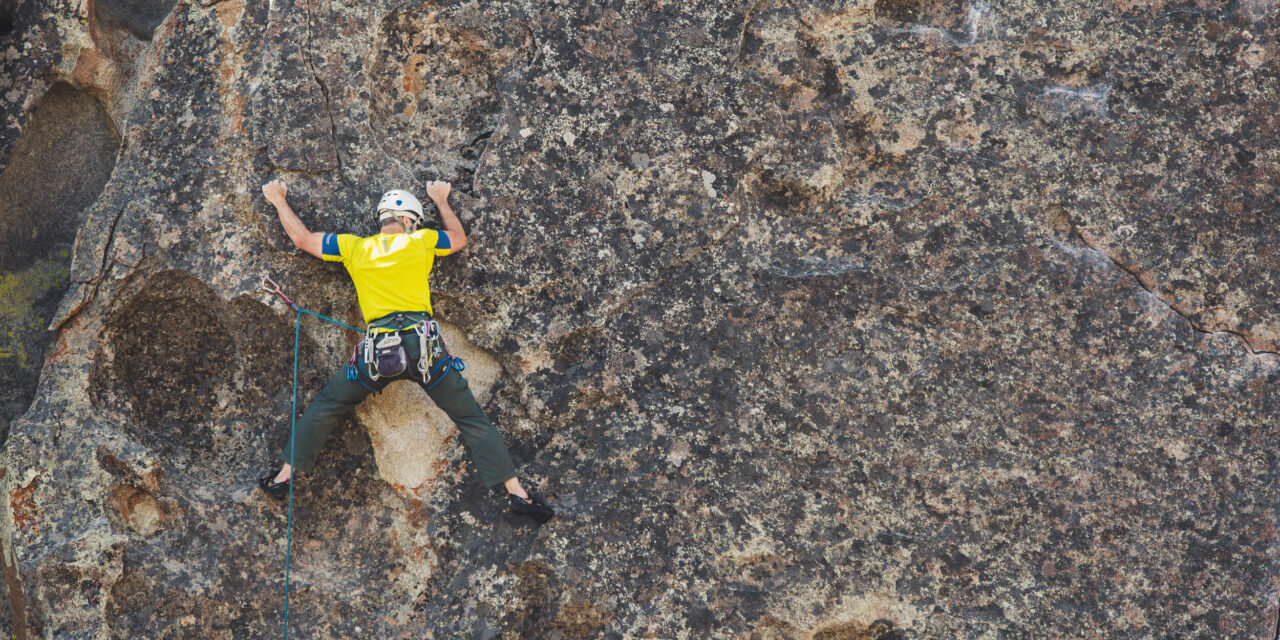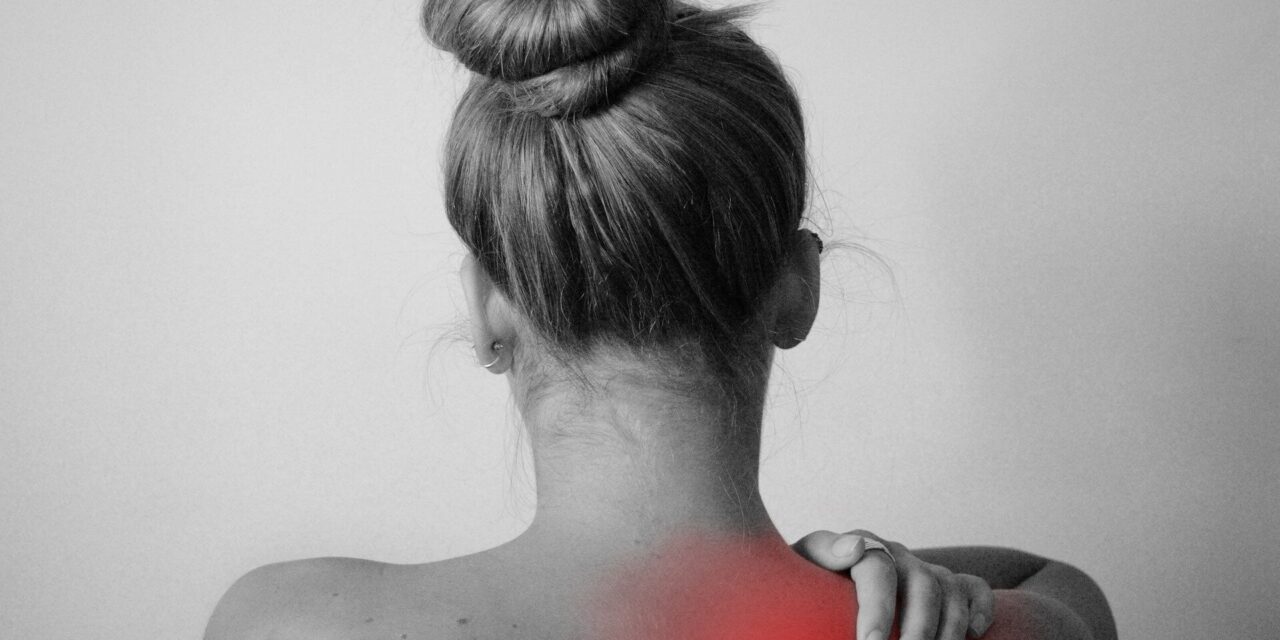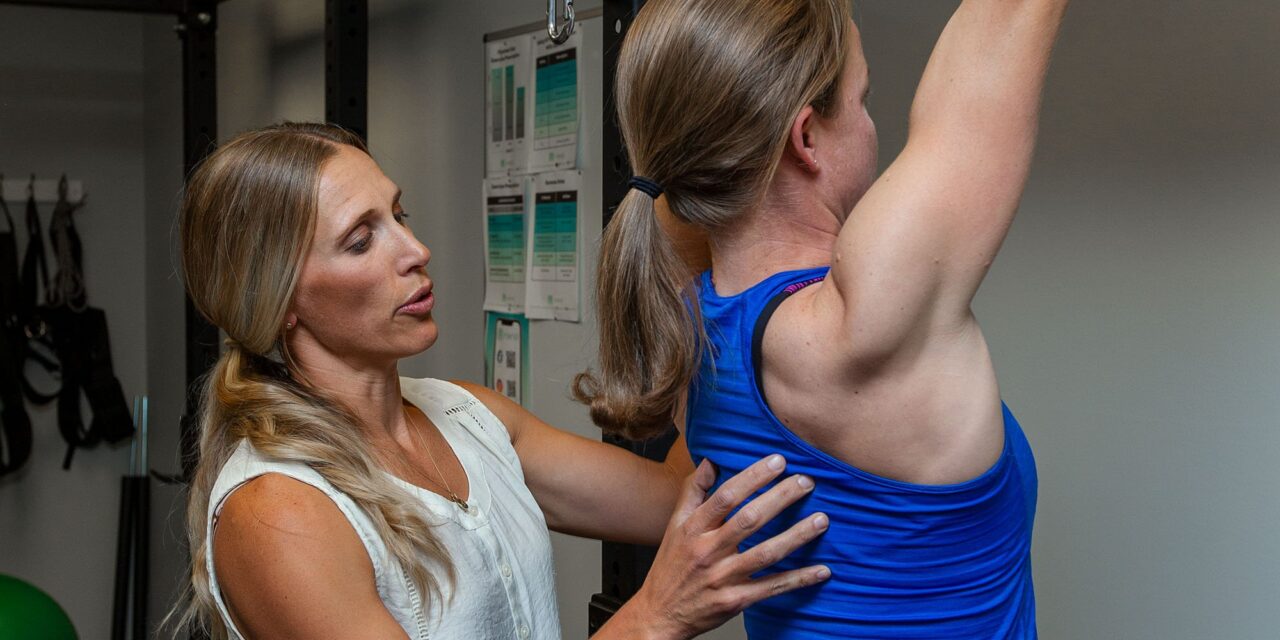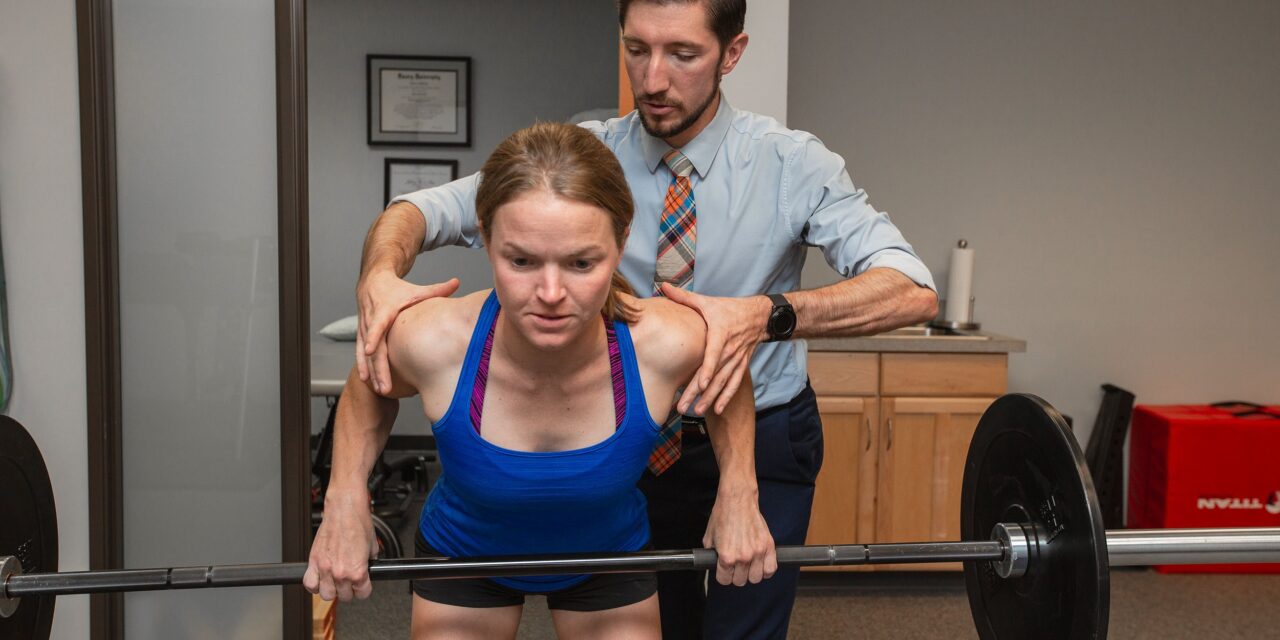Pain from an epiphysial growth plate fracture will likely be located on the dorsal surface of the long finger as pictured.
Many abdominal strengthening exercises focus on the concentric phase of contraction. For climbers this is important, but often the abdominals have to activate eccentrically. To review: a concentric contraction occurs when a muscle creates tension while it shortens and an eccentric activation occurs when a muscle creates tension while it lengthens. Think about what your...
Joint stiffness in the thoracic spine can be a significant contributor to neck, upper back, and shoulder pain in rock climbers. The high muscle demands and repetitive pulling down movement of climbing often leads to excessive thoracic kyphosis, internally rotated shoulders, and a forward head position. If left untreated this can lead to long term...
How to Treat Toe Pain From Rock Climbing
October 26, 2020
Although we tend to think of rock climbing as being most stressful on the upper body, toe pain is surprisingly common in climbers. This sport puts a lot of stress through the toes, from jamming our feet into small shoes to edging on tiny footholds. The most common location of toe pain is at the...
Do You Have Wrist Pain While Rock Climbing?
October 26, 2020
Wrist mobility and stability are crucial to helping prevent injury for rock climbers. The joint between the radius and the carpal bones (the wrist) is a common site for stiffness, especially considering the demands that climbers place on their wrists and fingers. Stiffness to the wrist joint can lead to pain at the elbow, wrist,...
How to Treat Belayer’s Neck
October 26, 2020
How many times have you seen someone whose posture looks like this while belaying? Neck pain is a common in rock climbers. Although climbing itself can lead to neck pain, the most common cause is spending prolonged periods belaying. We refer to this as “belayer’s neck”. Belayer’s neck is a colloquial term to describe a...
The rotator cuff is a group of four muscles that coordinate movement and provide dynamic stability of the shoulder joint. These muscles are crucial for rock climbers who put extreme stresses through their shoulders, often in awkward positions that can cause bone structures to rub or impinge on the rotator cuff muscles. Because of this,...
How Rock Climbing Affects Shoulder Mechanics
August 20, 2020
Normal movement at the shoulder is distributed between motion at the shoulder (glenohumeral) joint and movement of the scapula. Although there is variability with how shoulders move, normal arm movement is made up of a ratio of glenohumeral joint movement to scapular movement that is between 2:1 and 2.4:1. A normal shoulder will move 180o...
Most climbers are aware of the importance of finger flexor strength. But how strong are your finger EXTENSORS? Finger extensors are the antagonist muscle group to the finger flexors and are critical to providing support and stability. Strengthening this muscle group is key component to a finger rehabilitation program, particularly in rock climbers who put...
The benefits of physical activity are well documented. Regular exercise has been shown to improve both mental and physical health. But some forms of exercise impose a greater mental challenge to its participants which can lead to increased stress and anxiety levels. While rock climbing is a very safe sport, it can test peoples’ fears...

